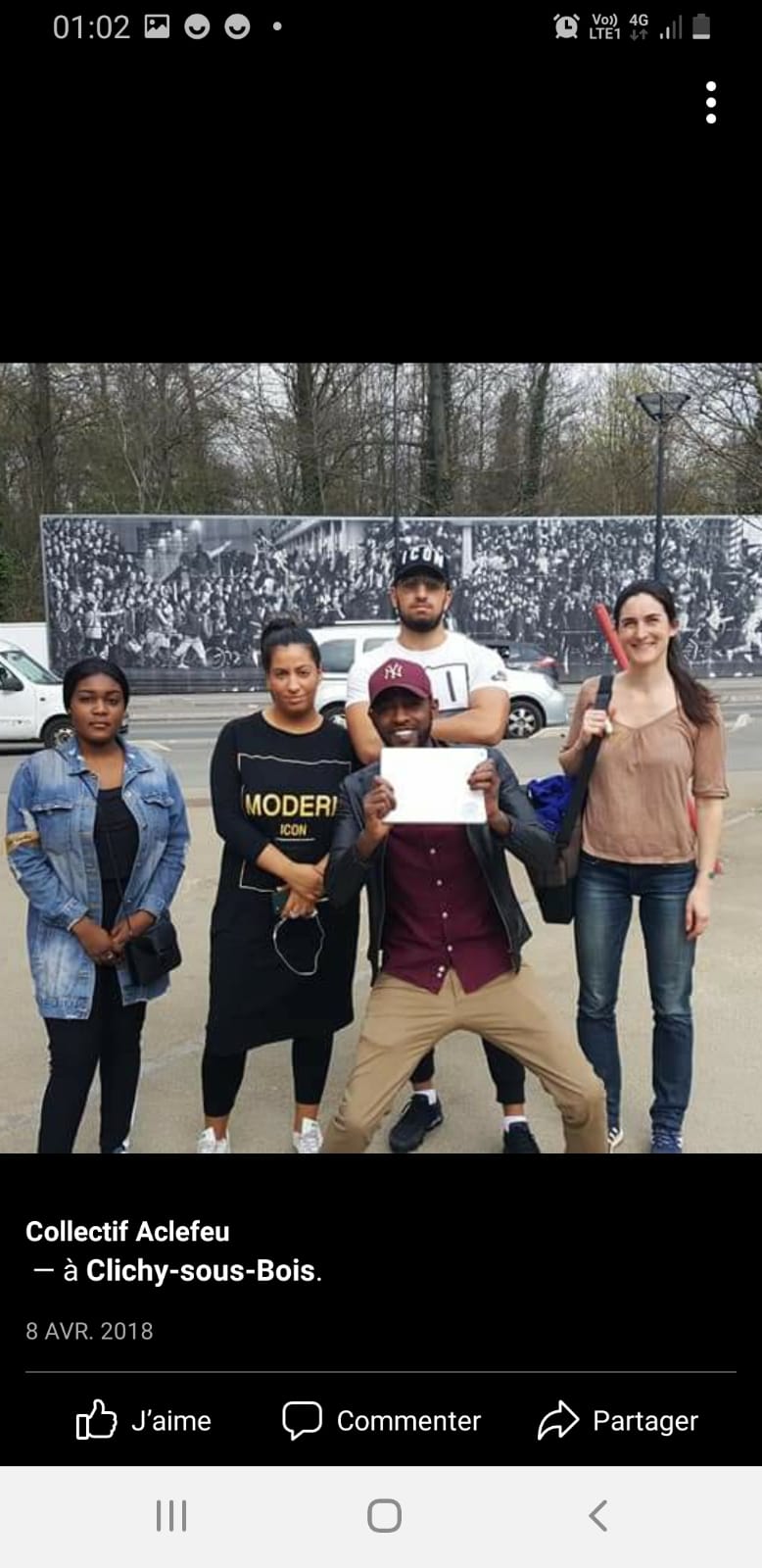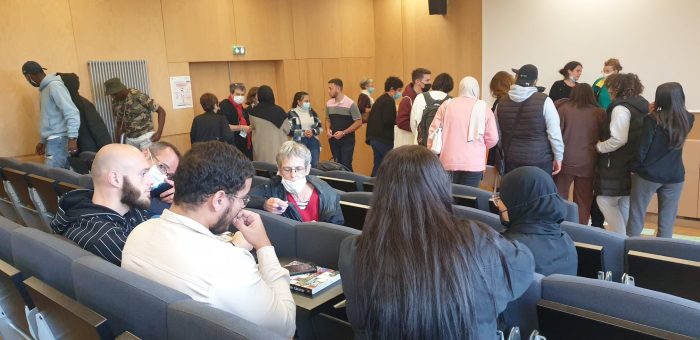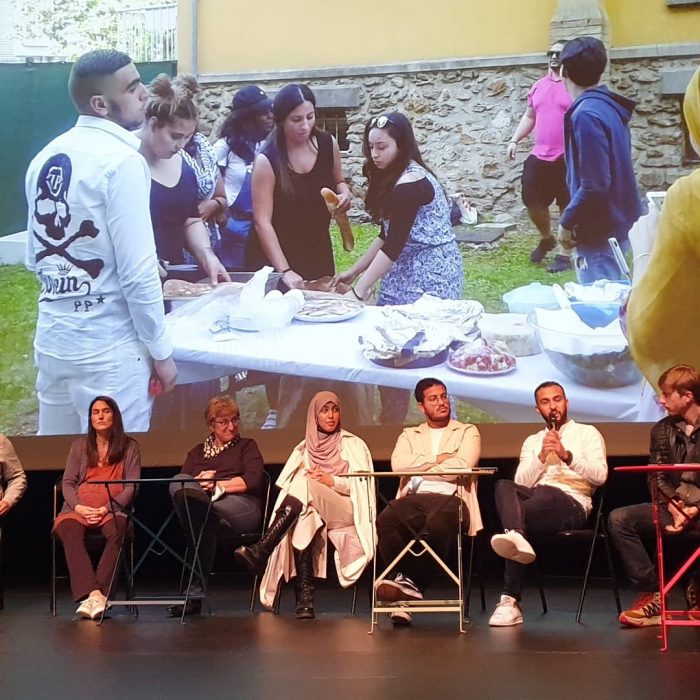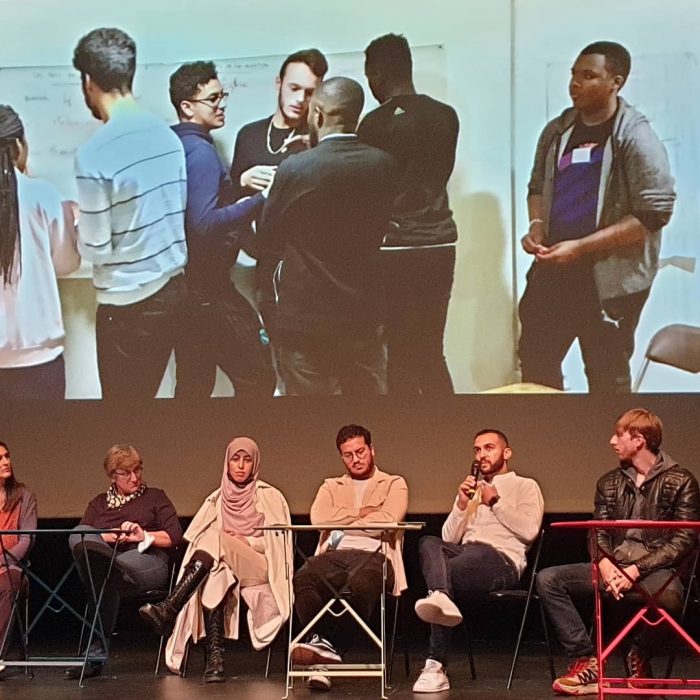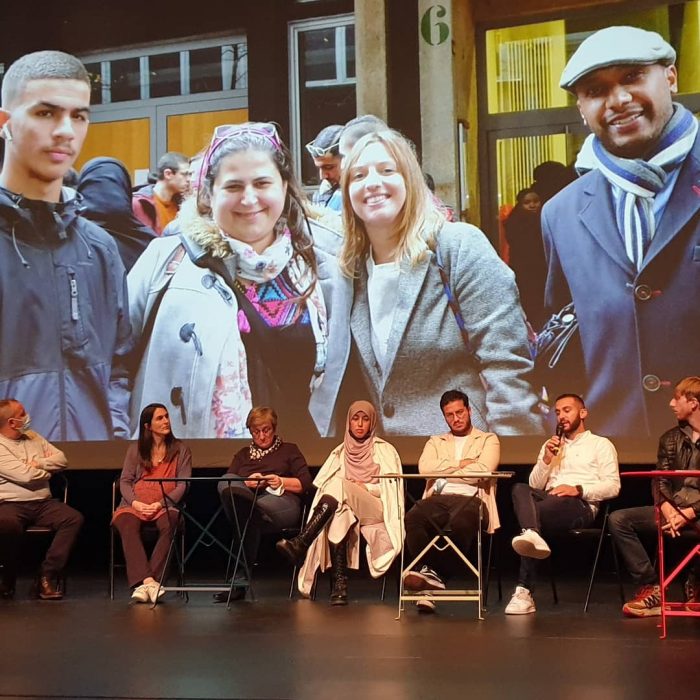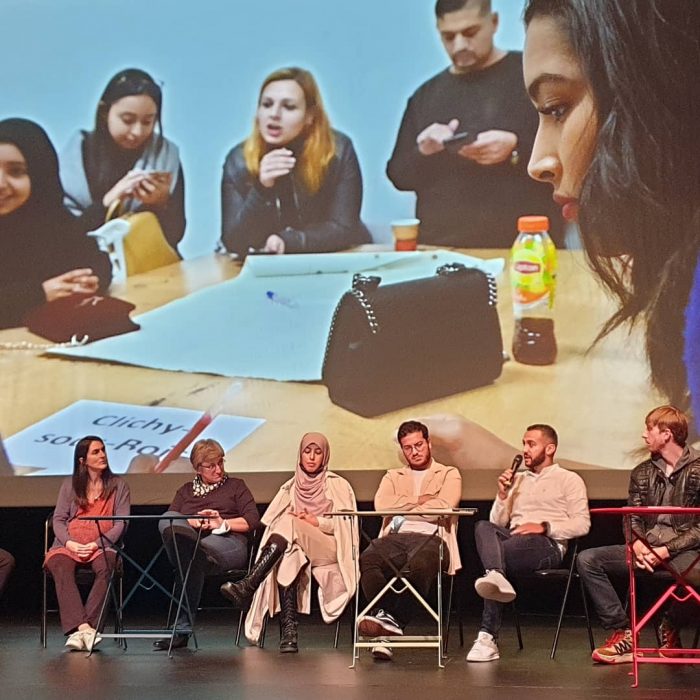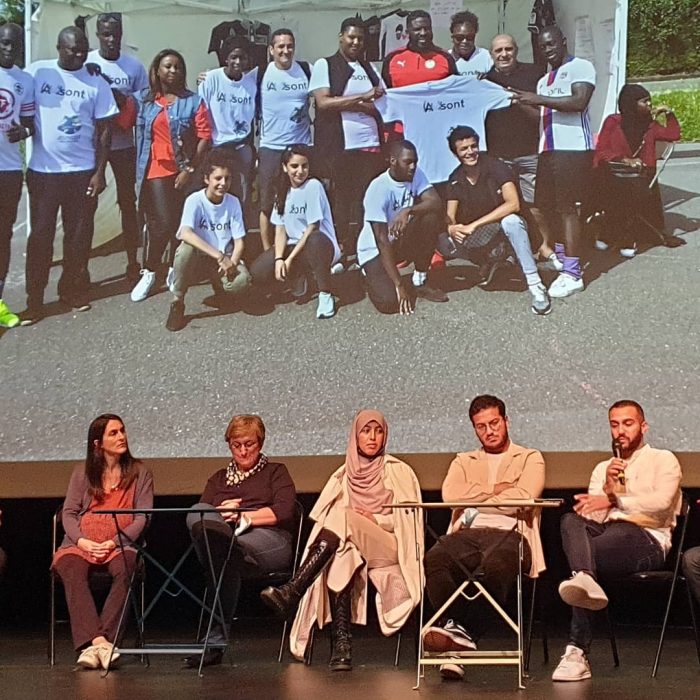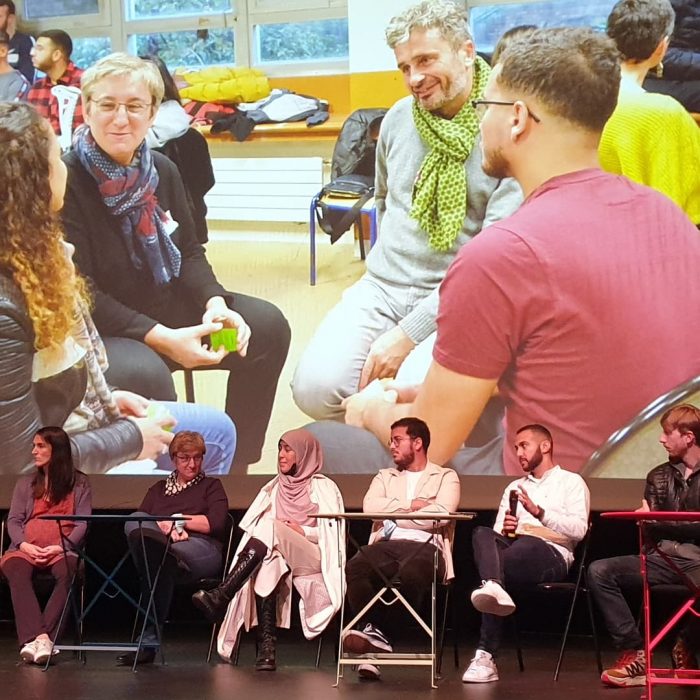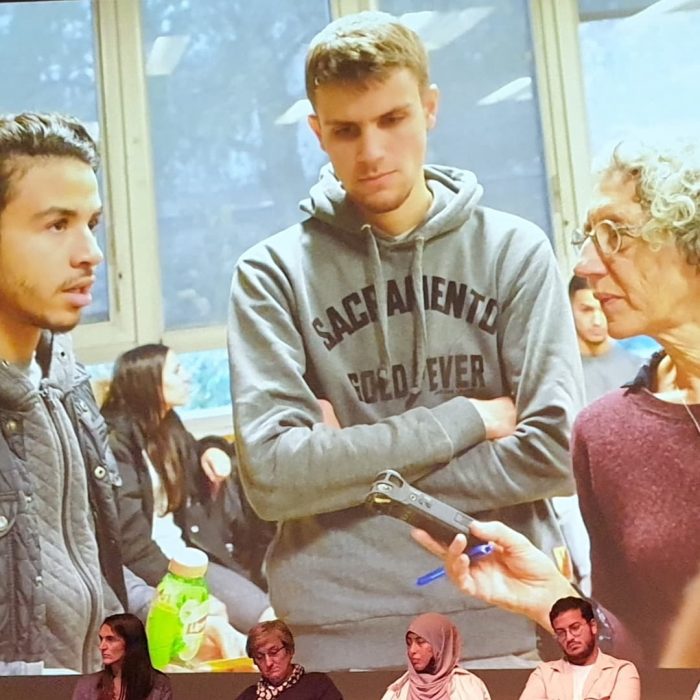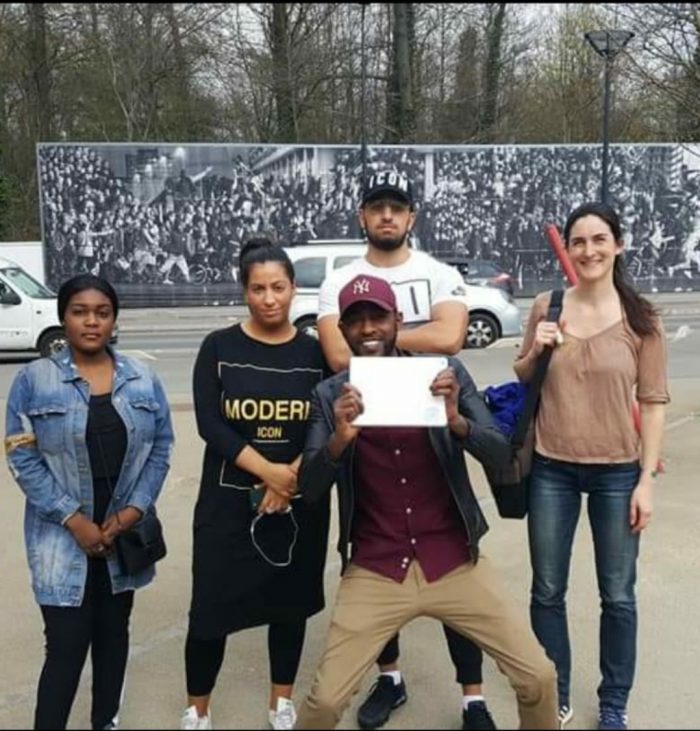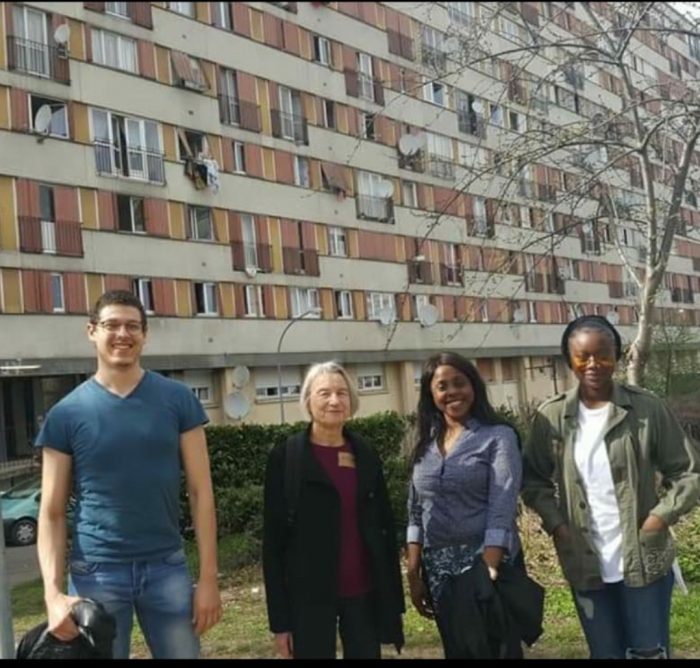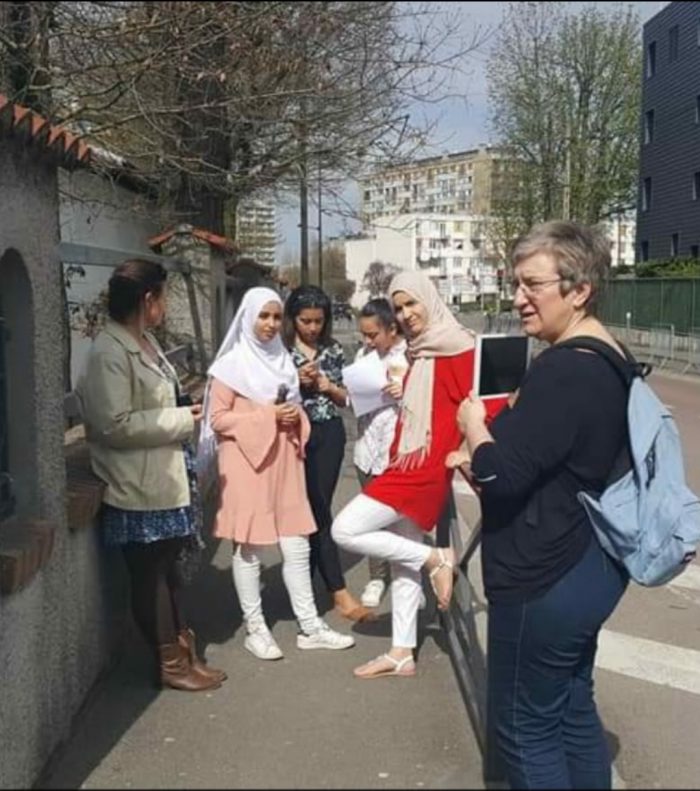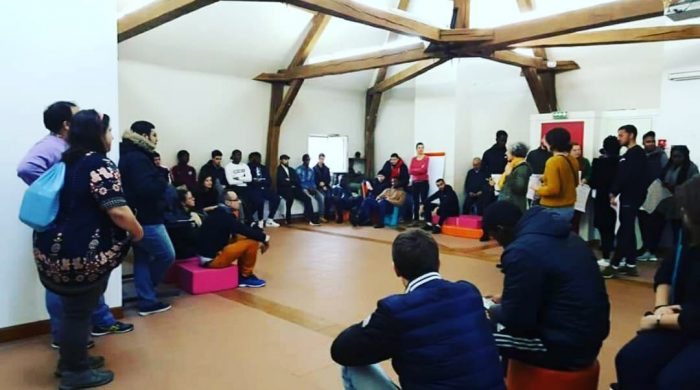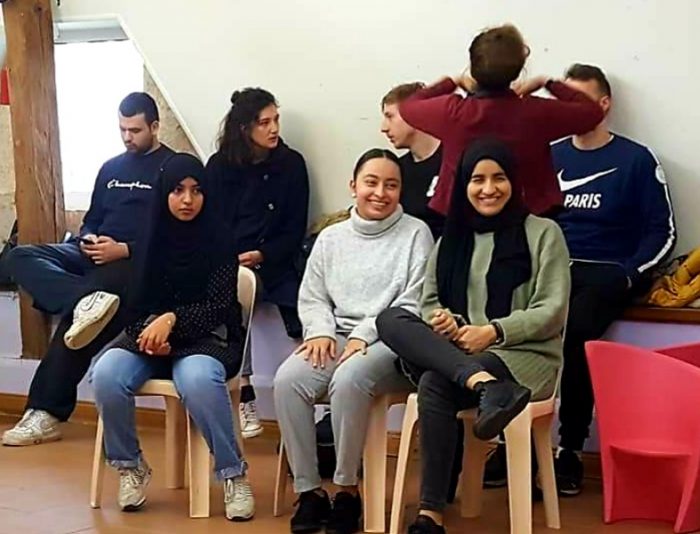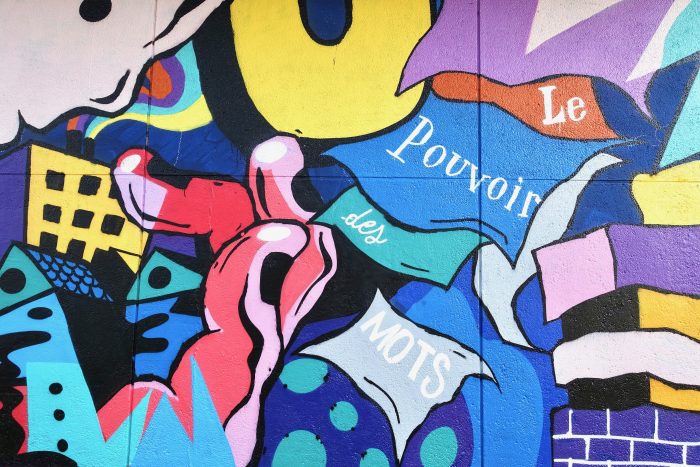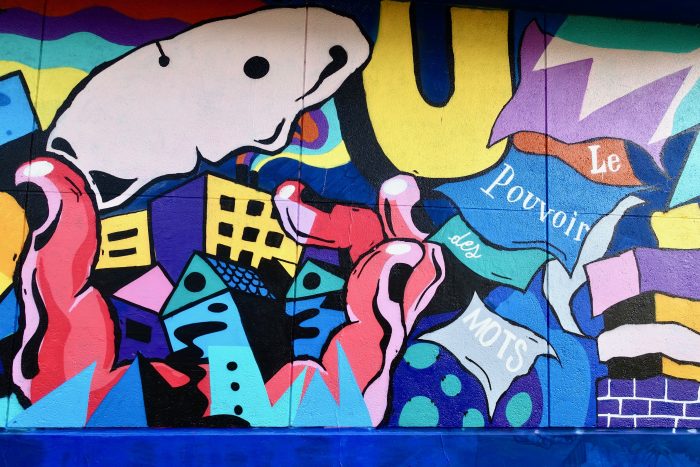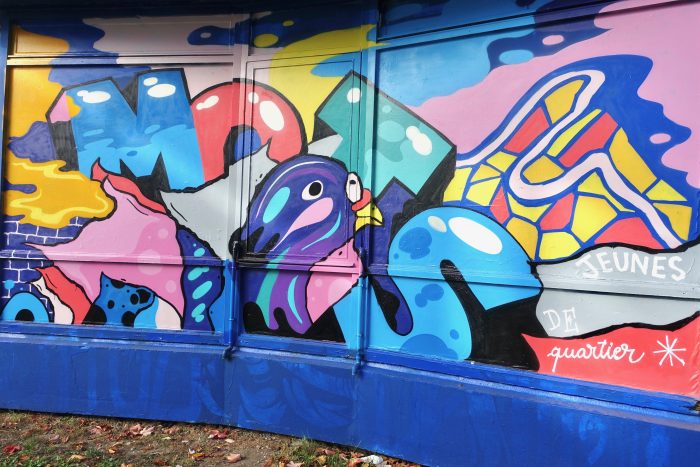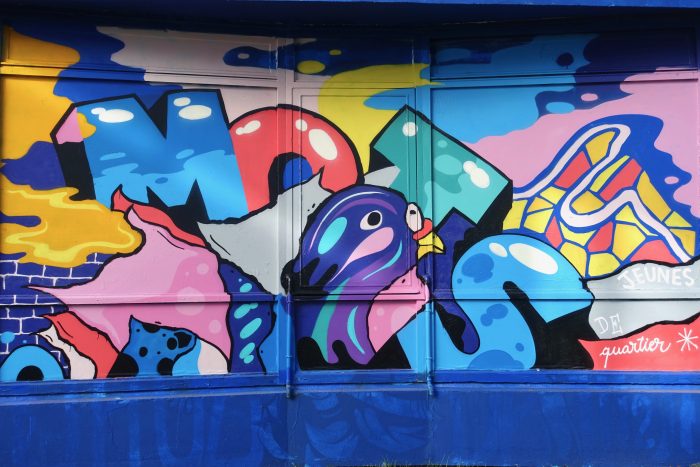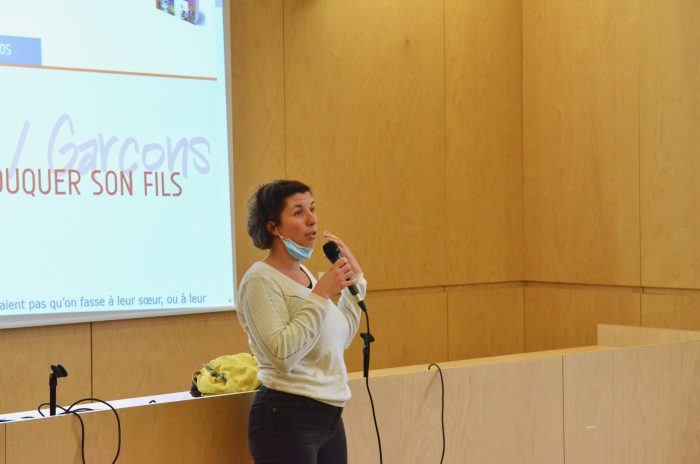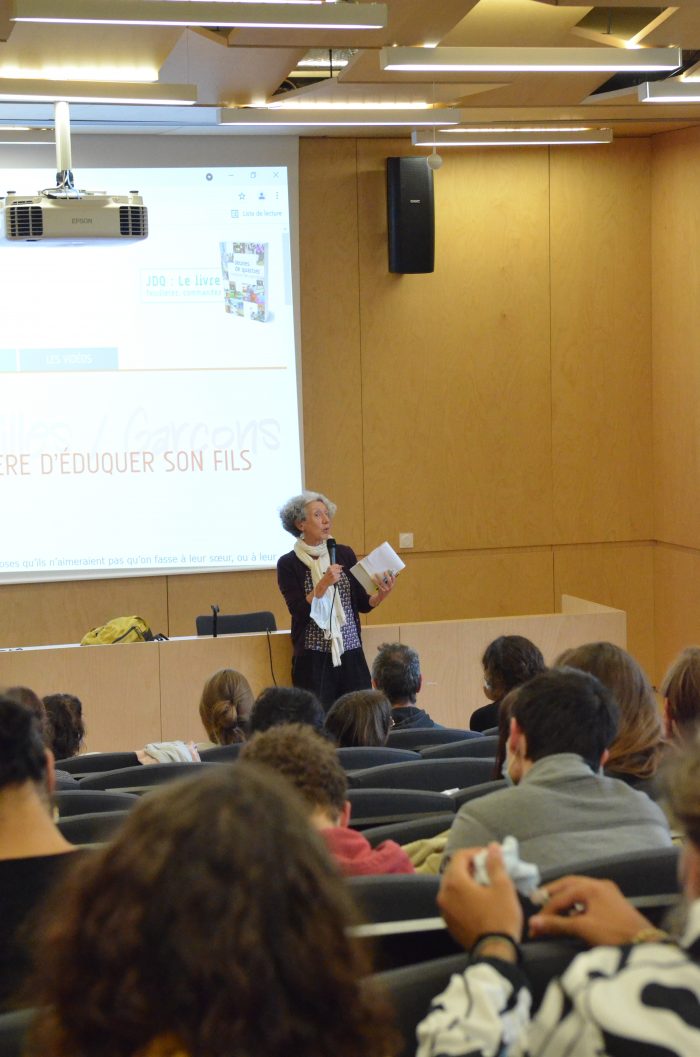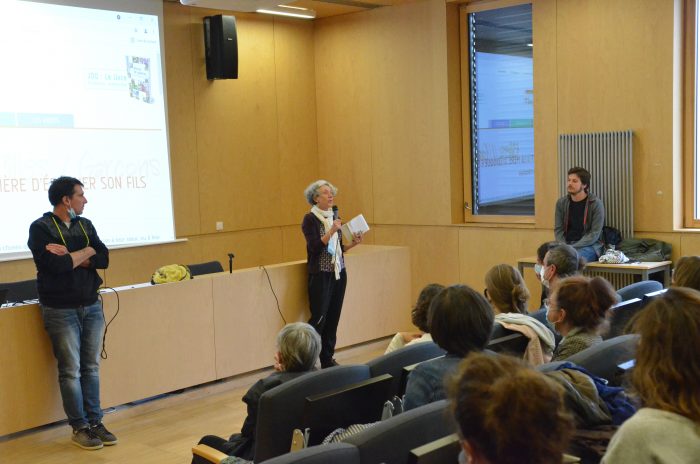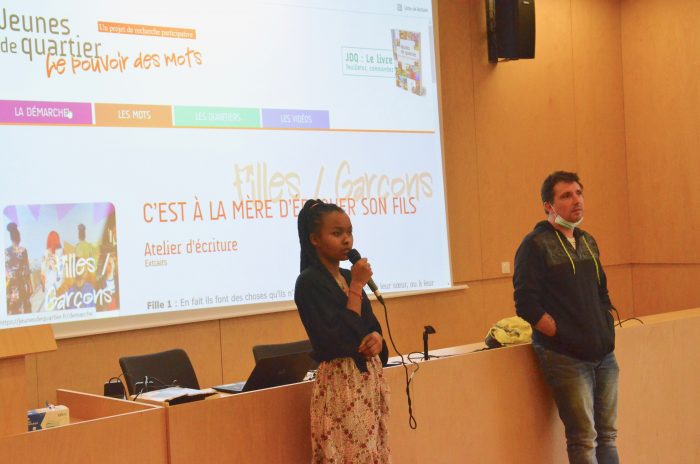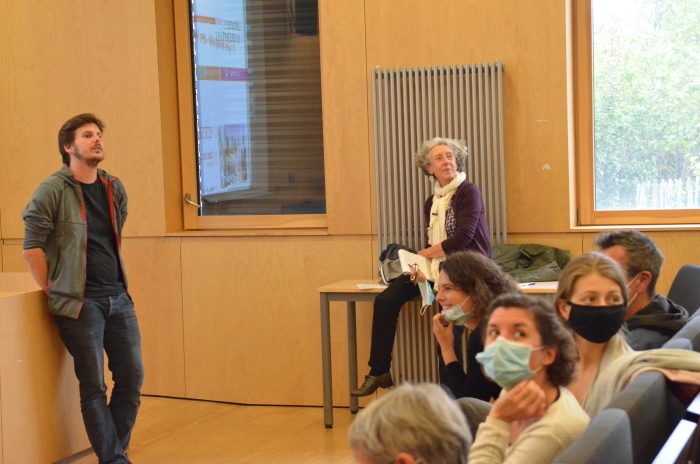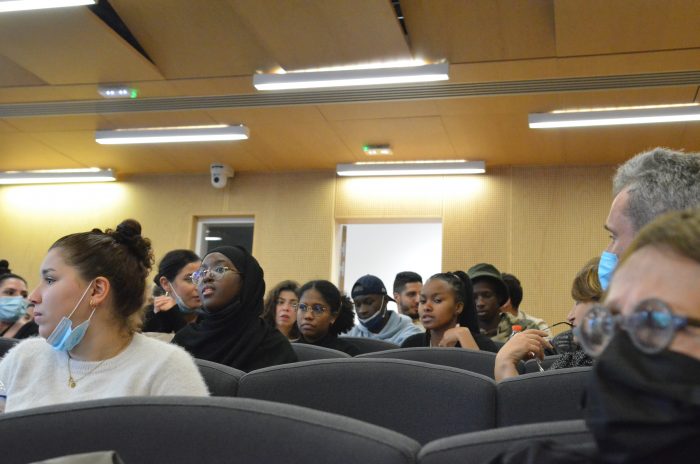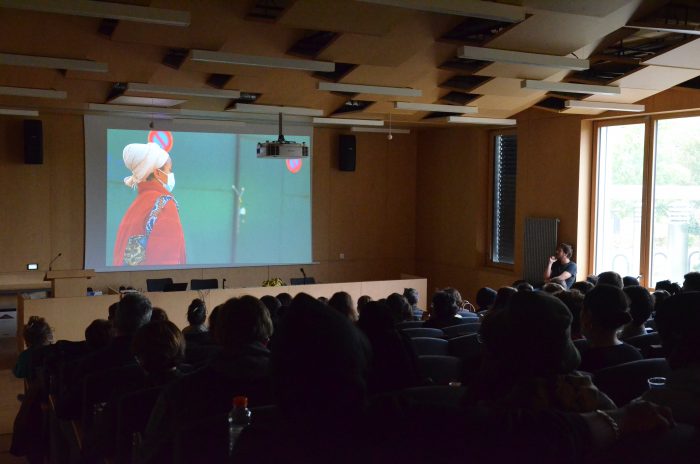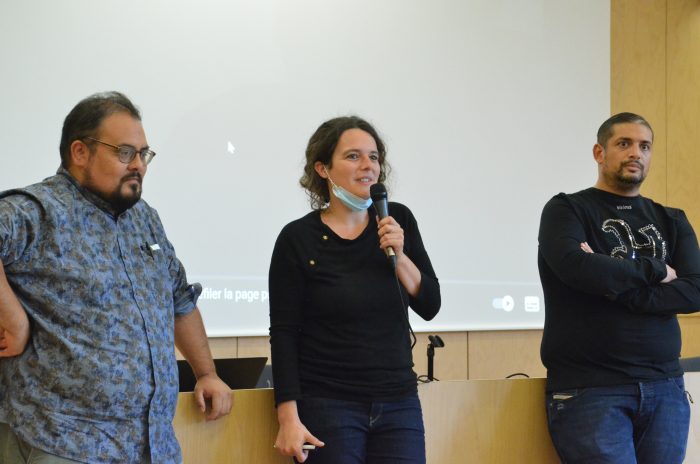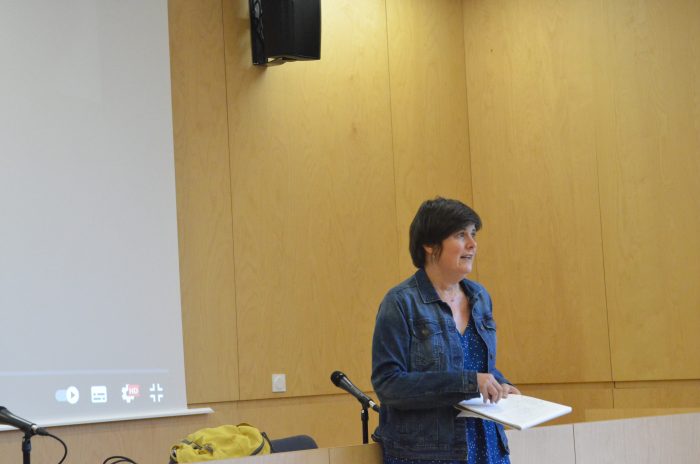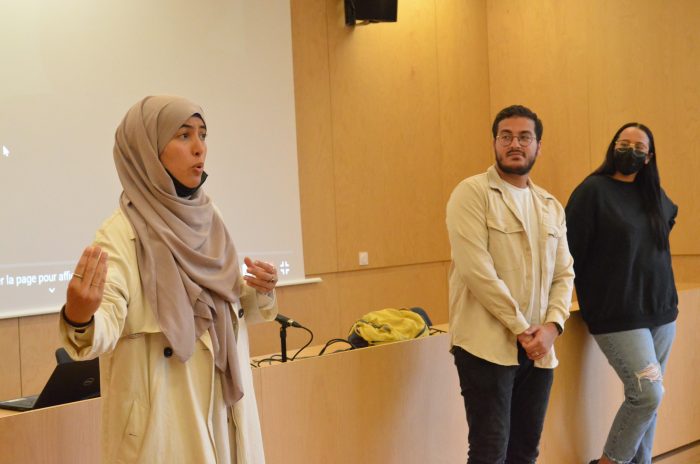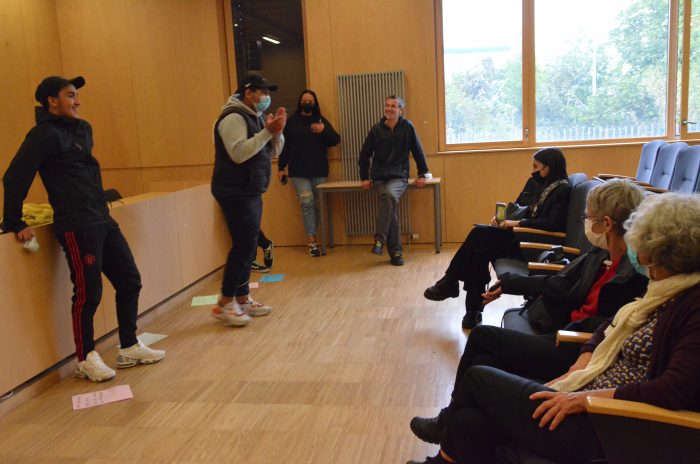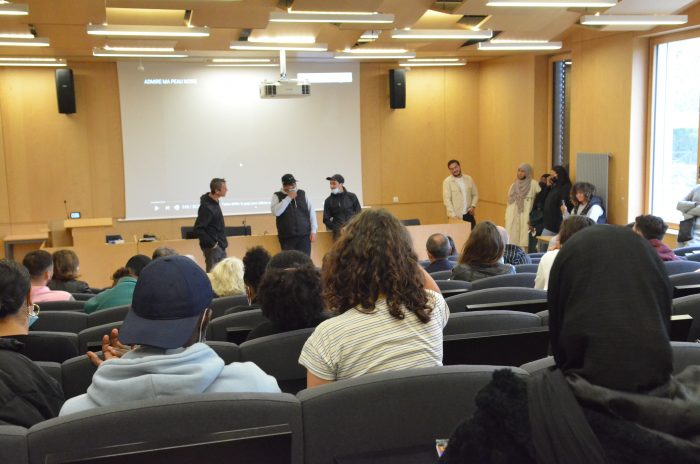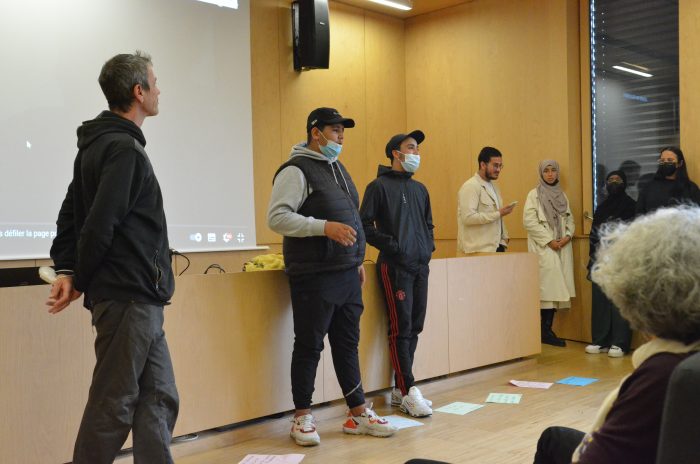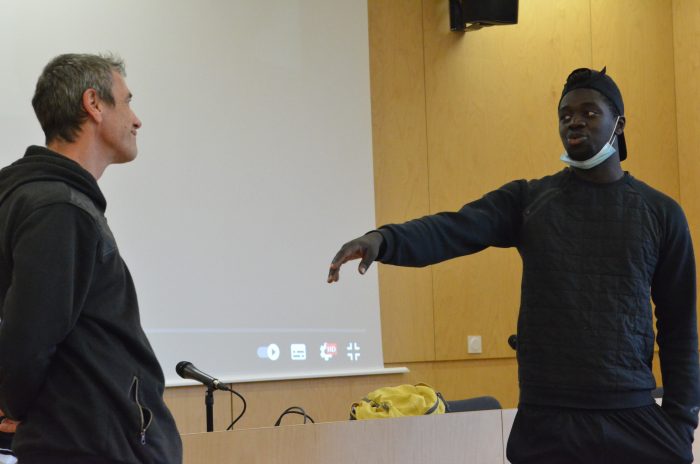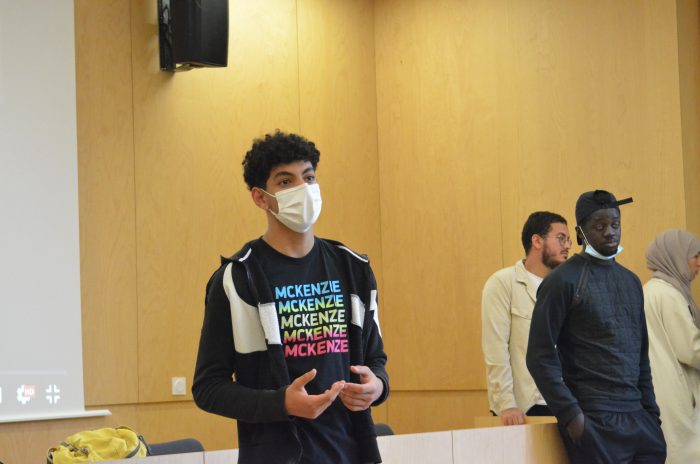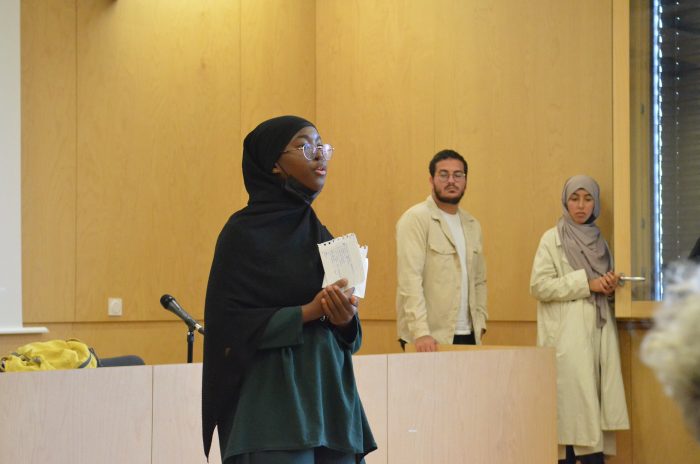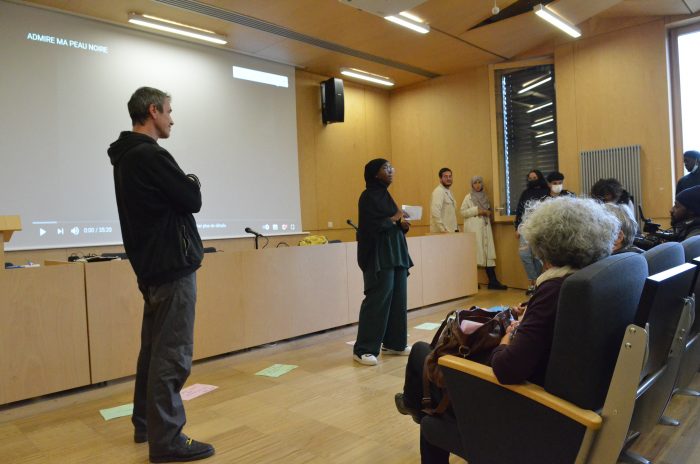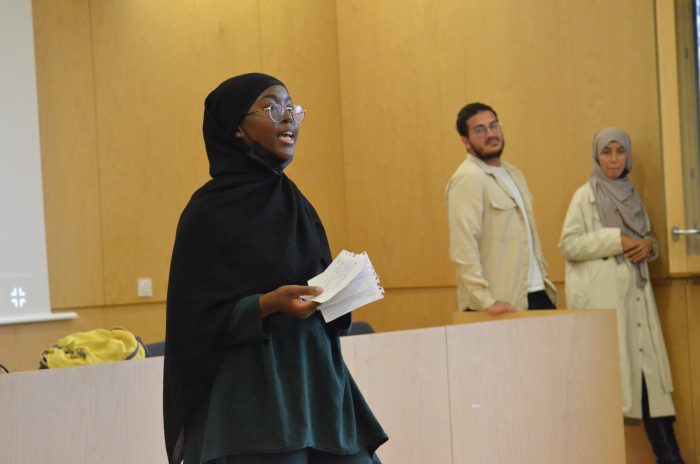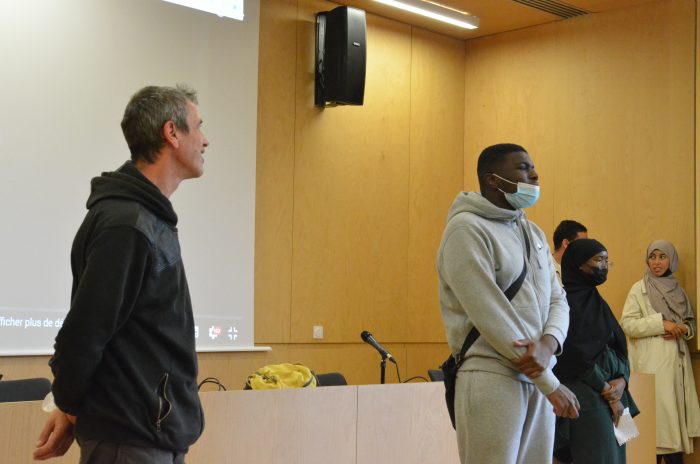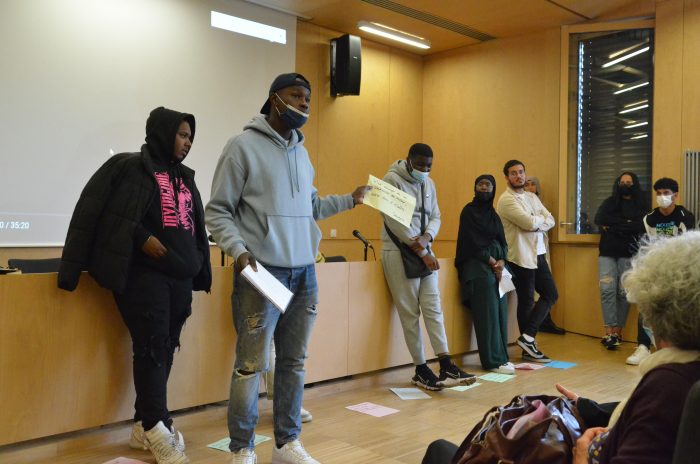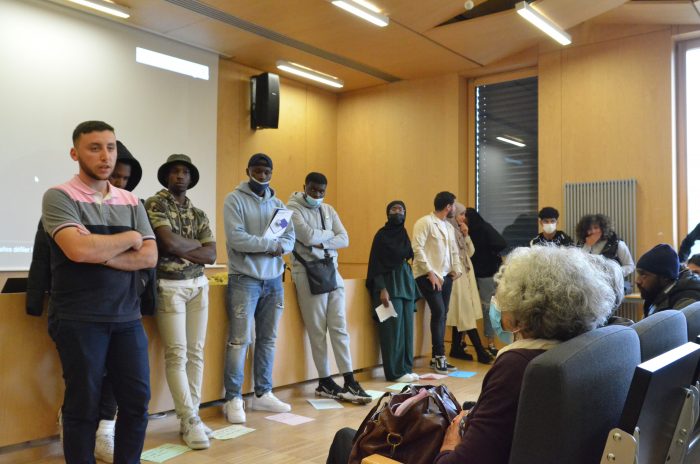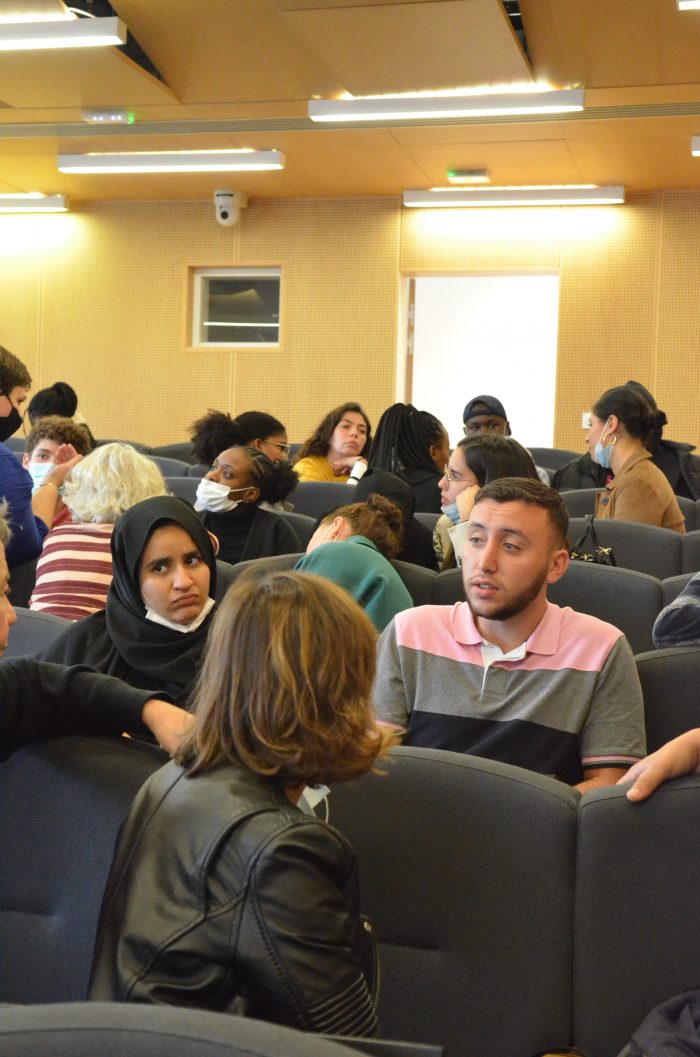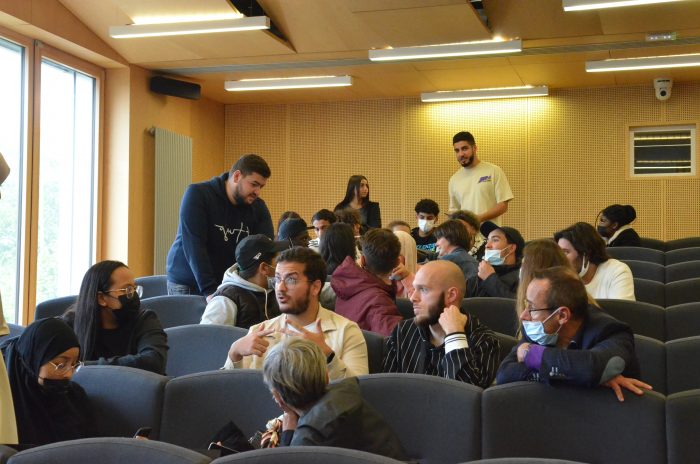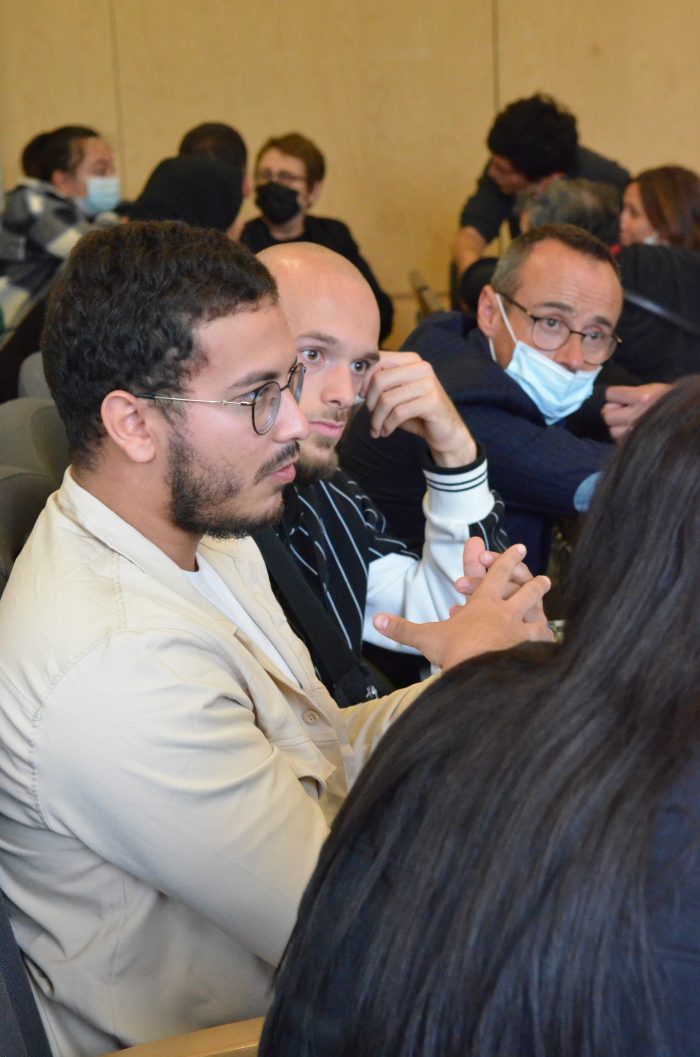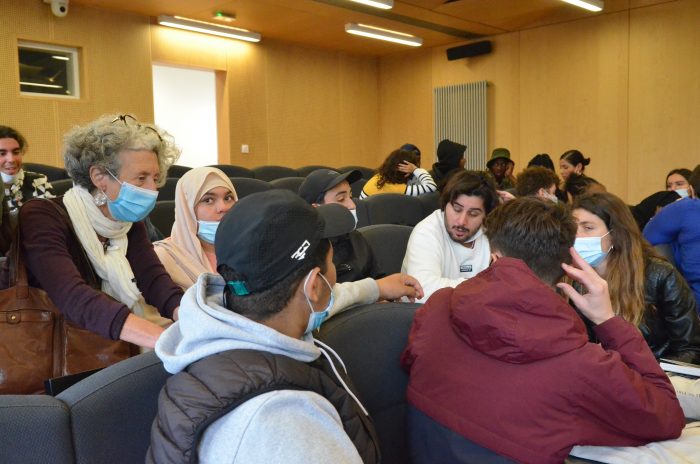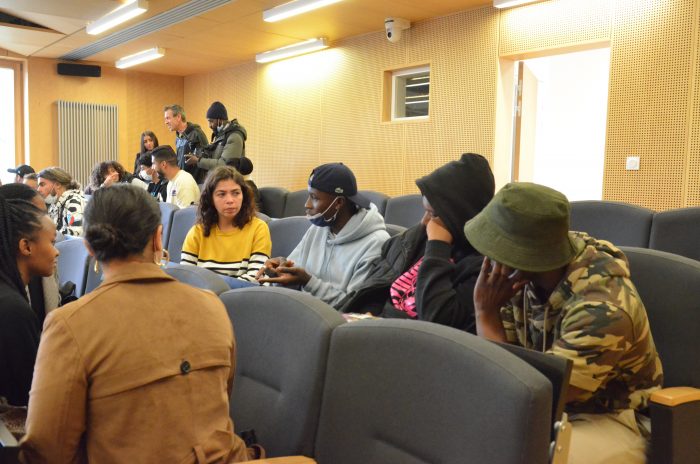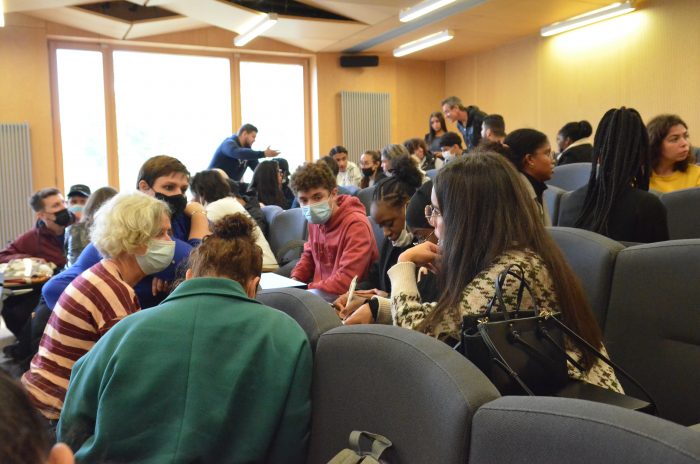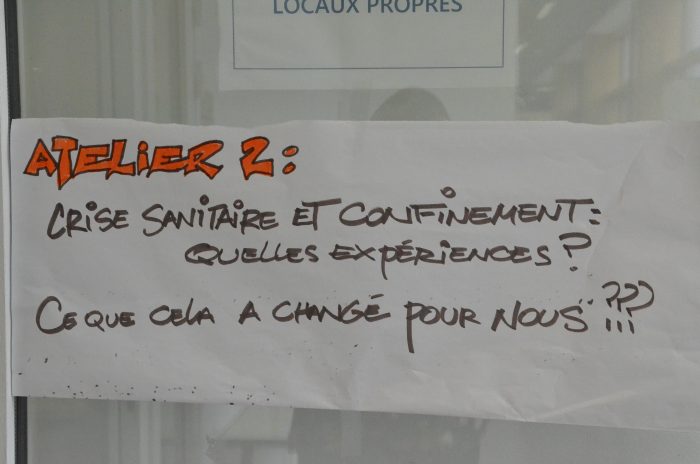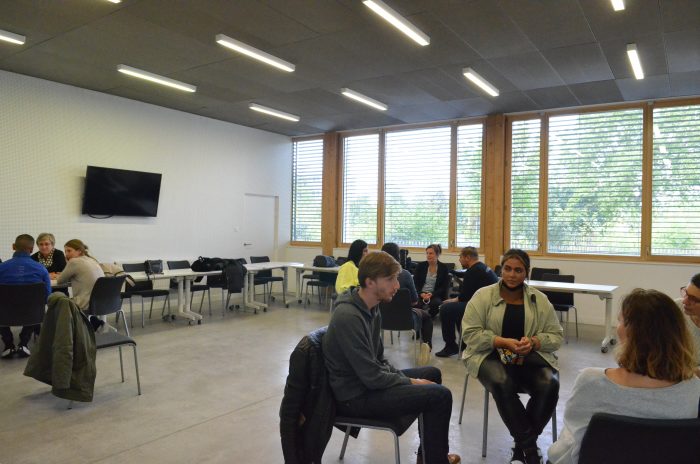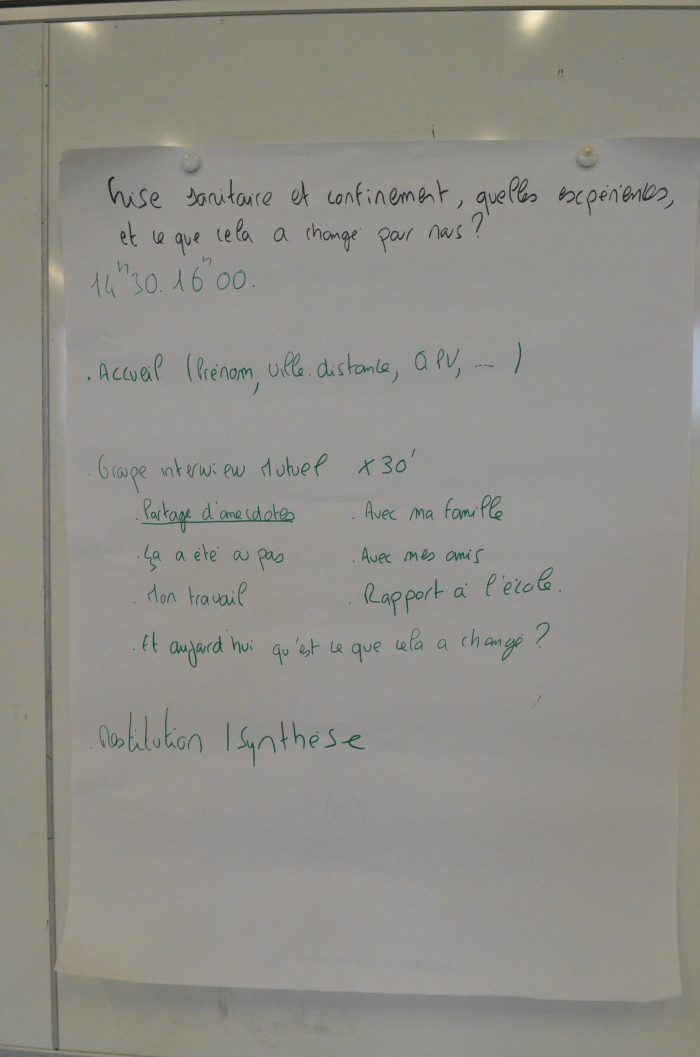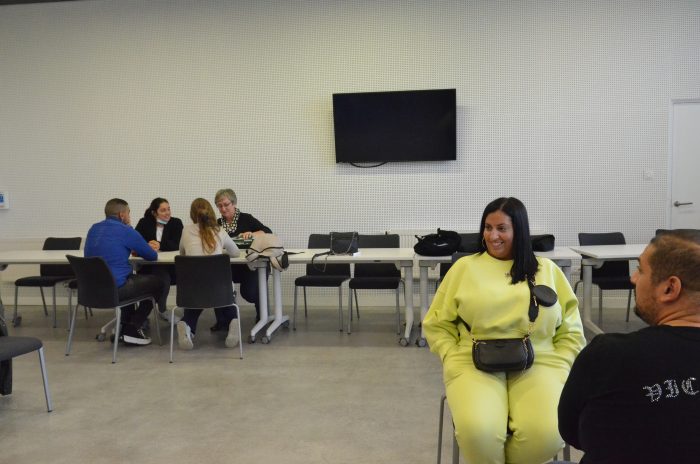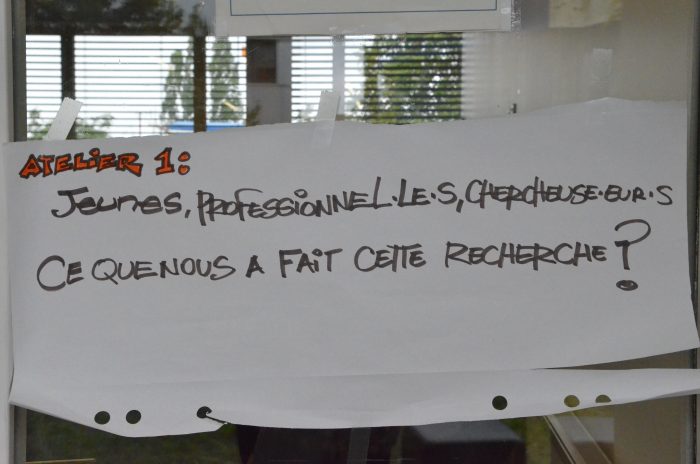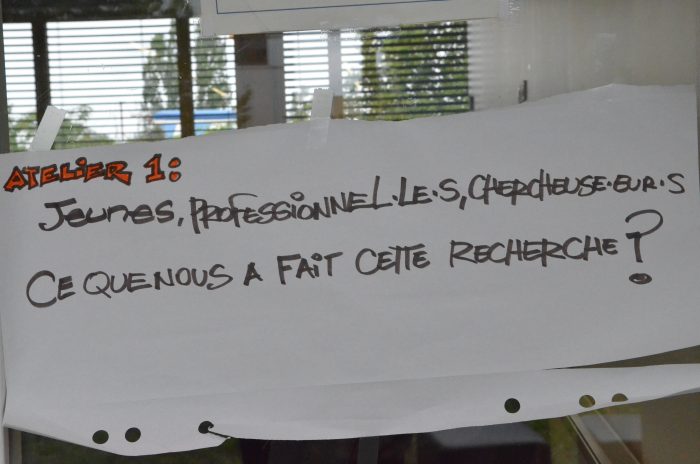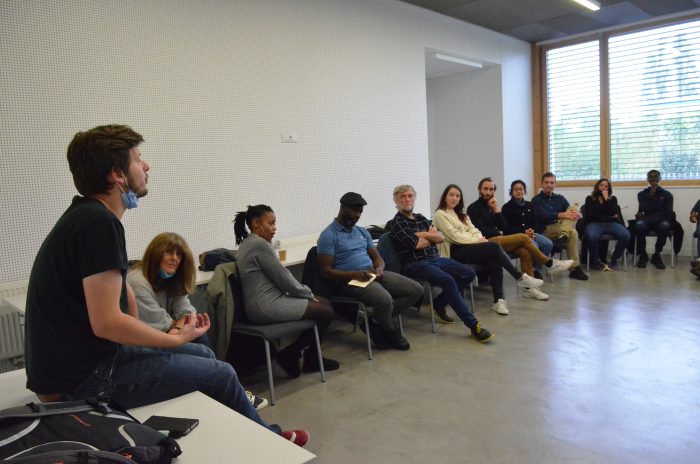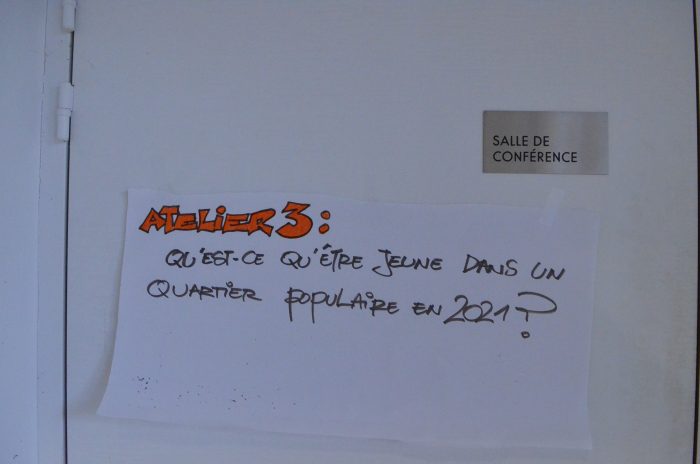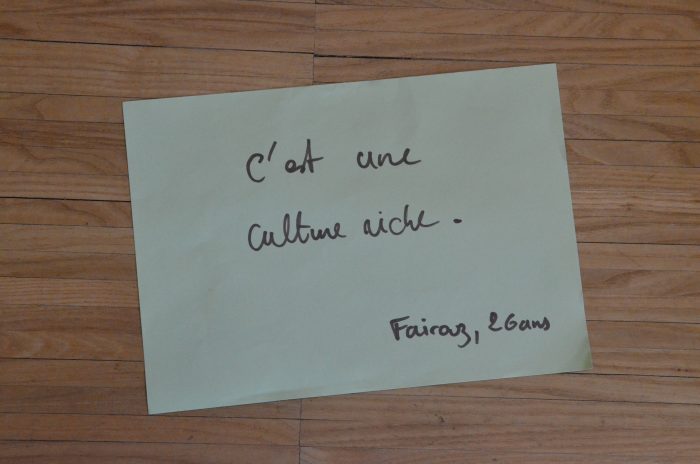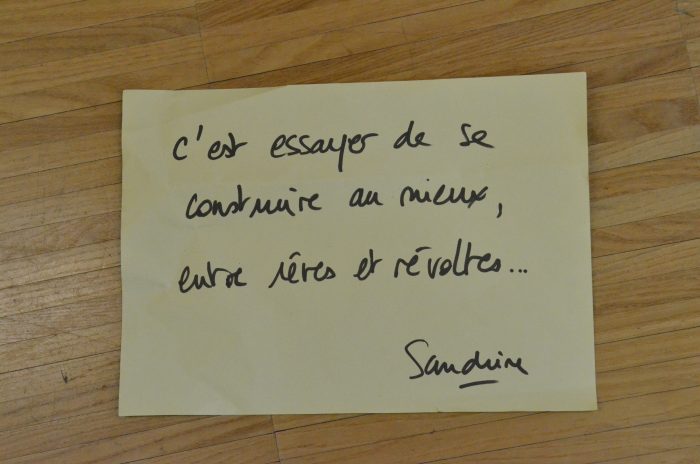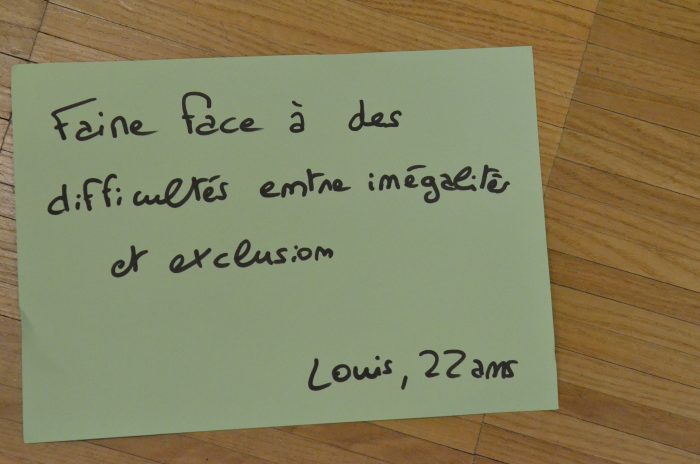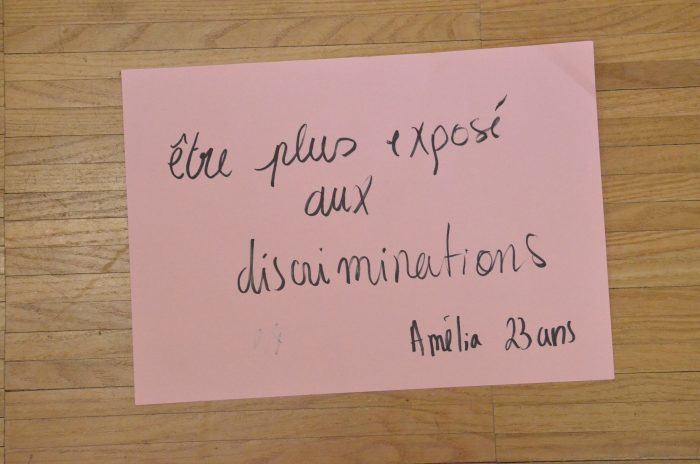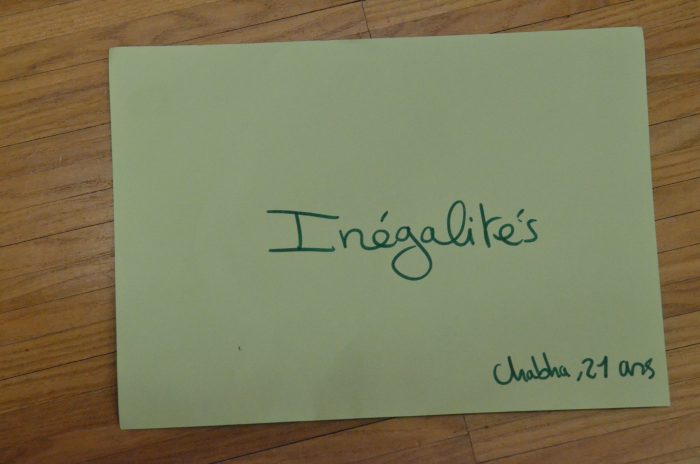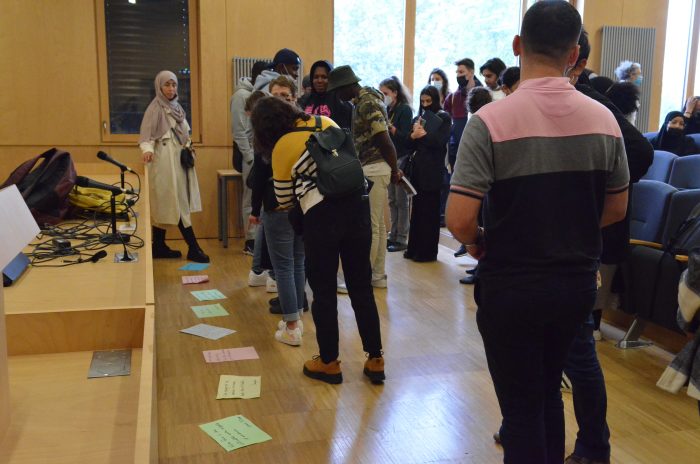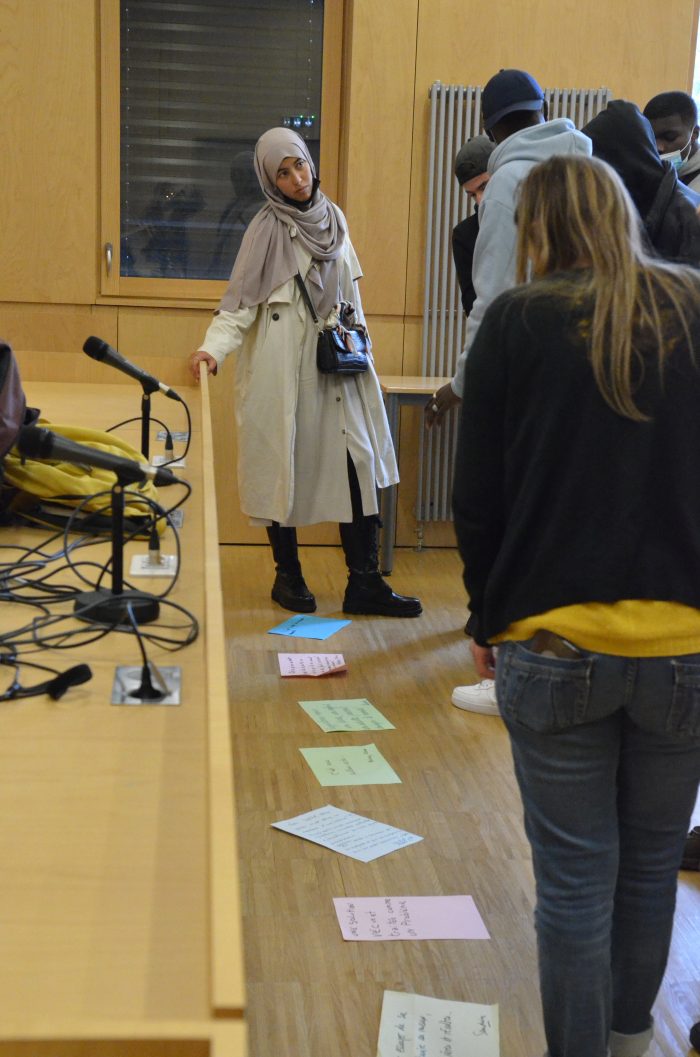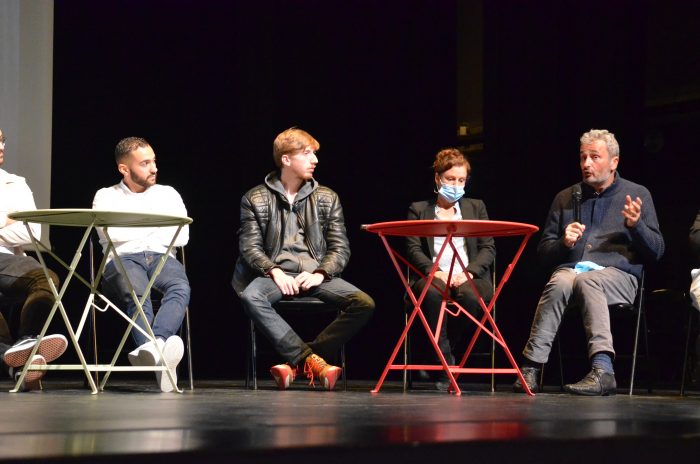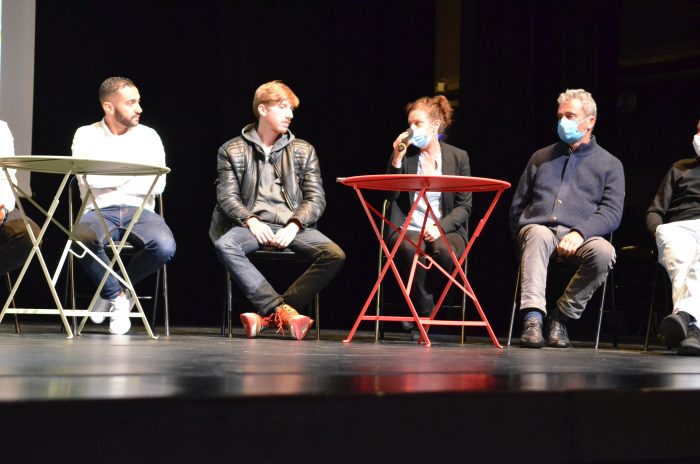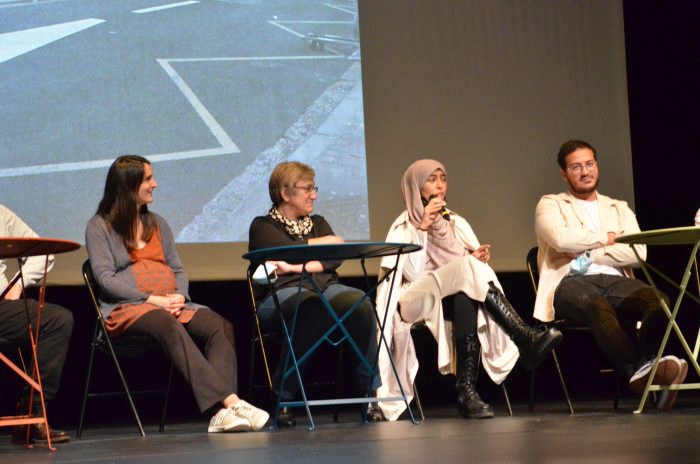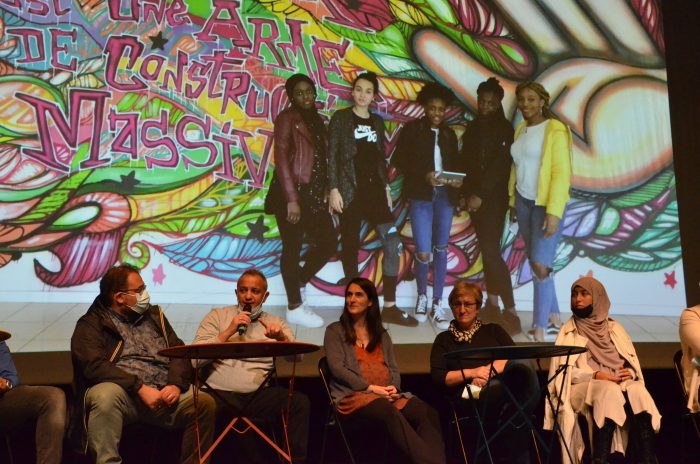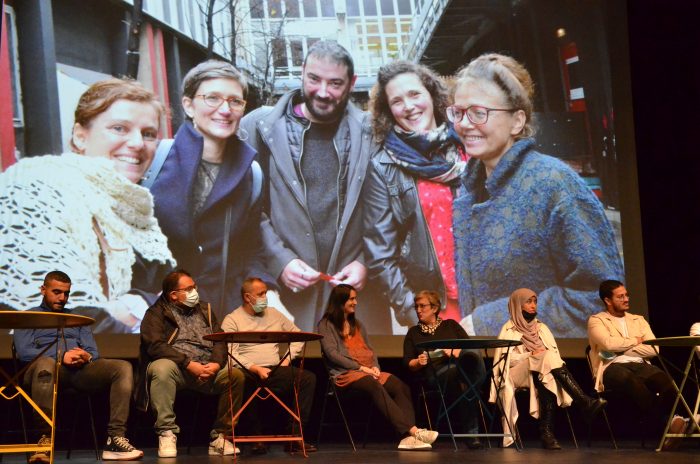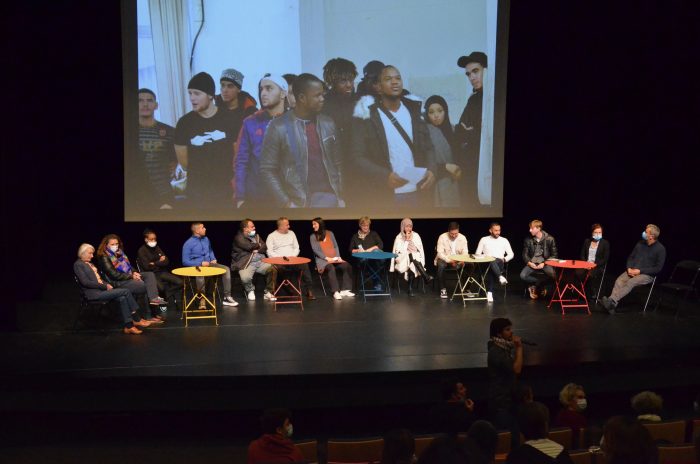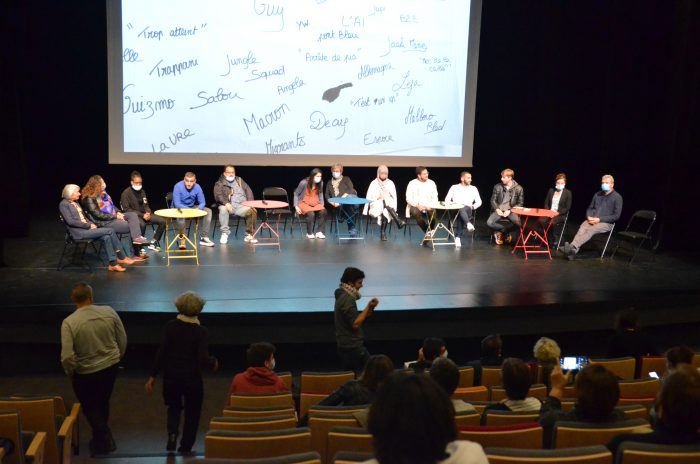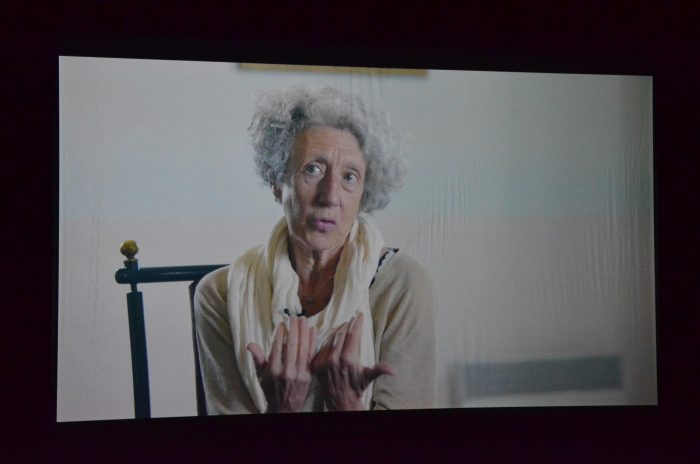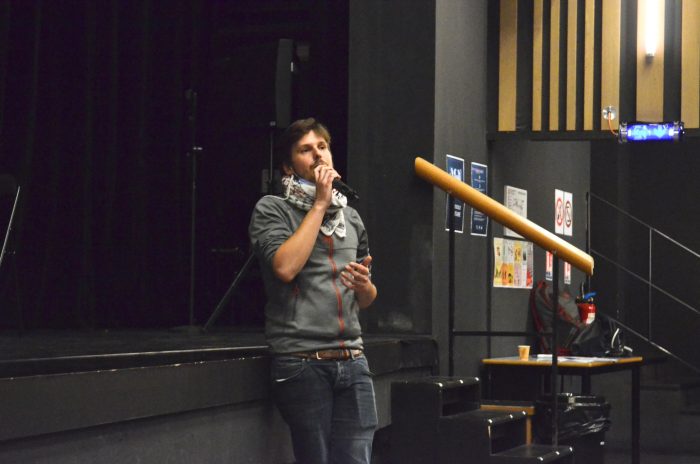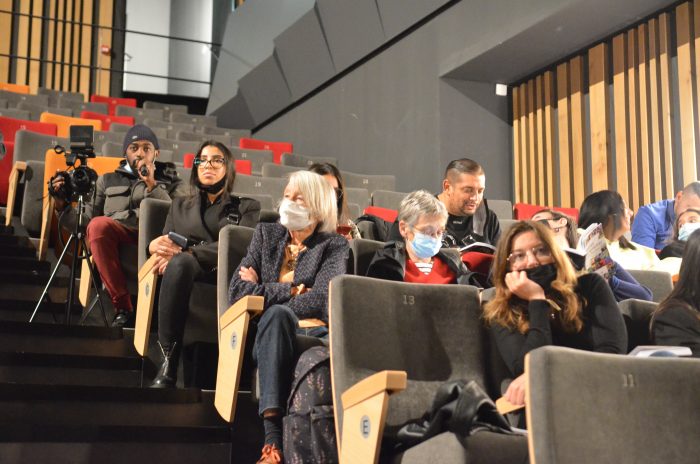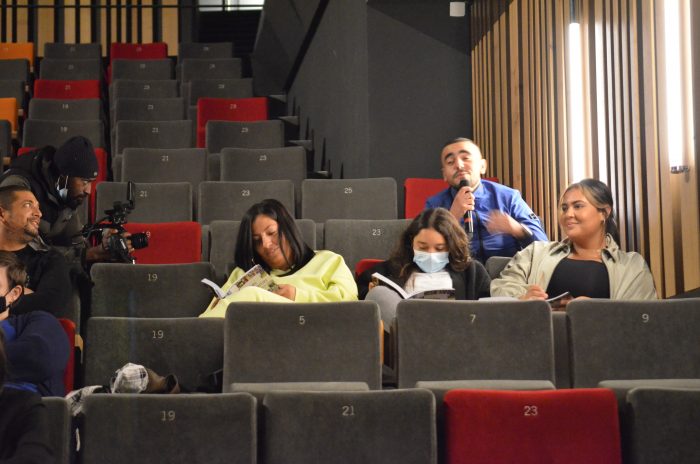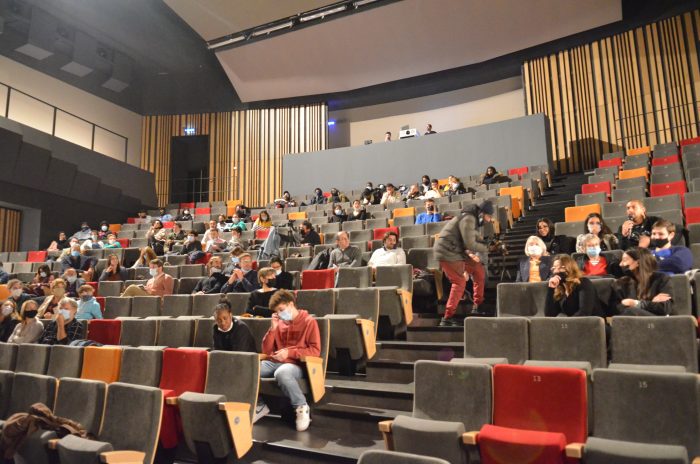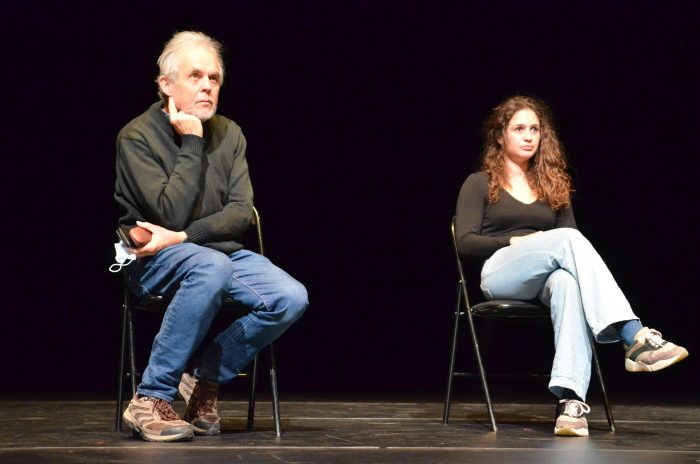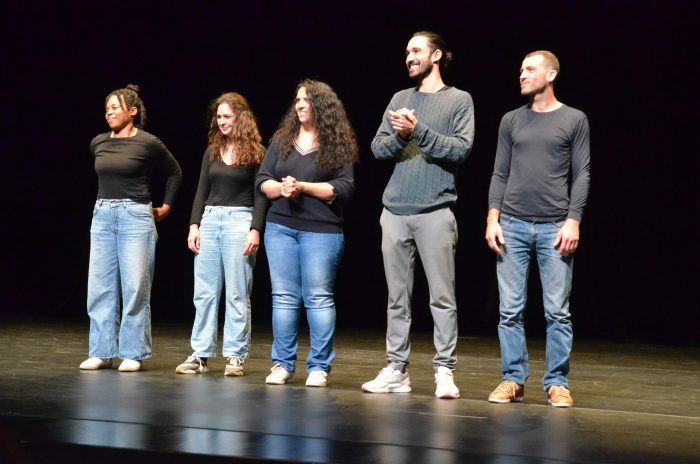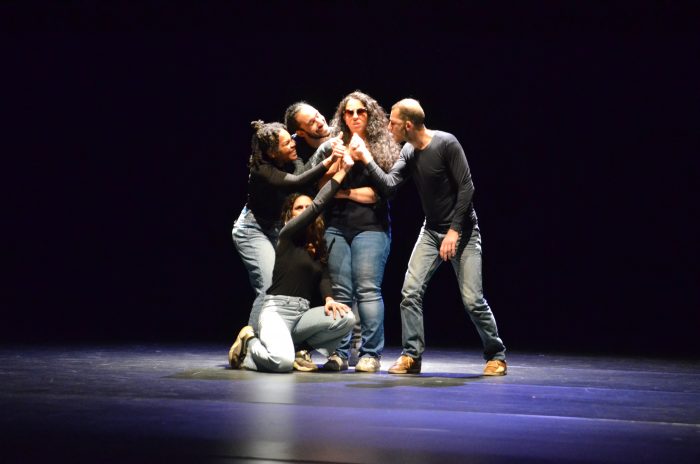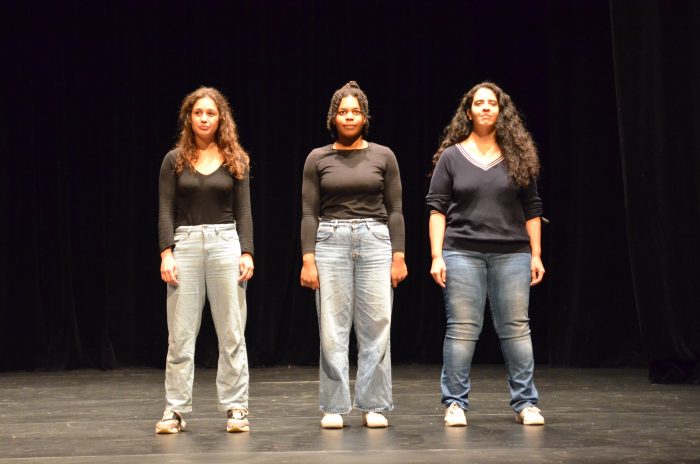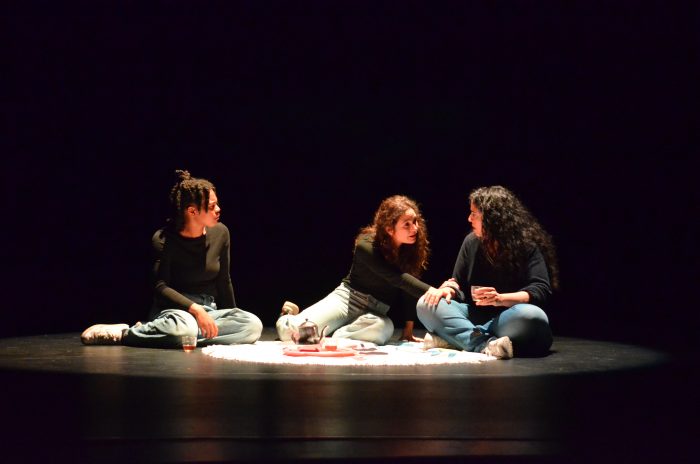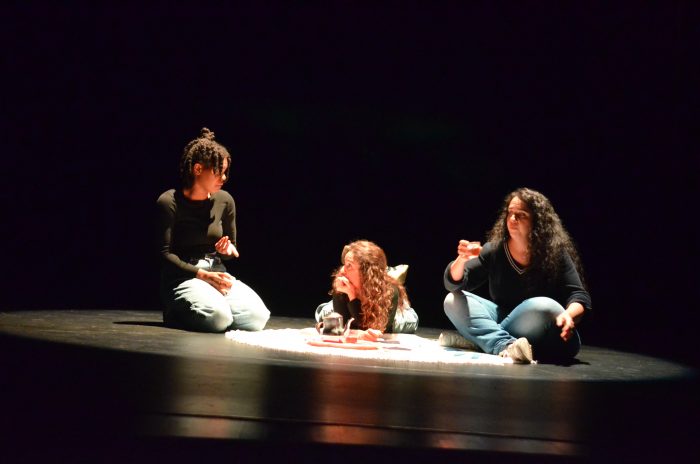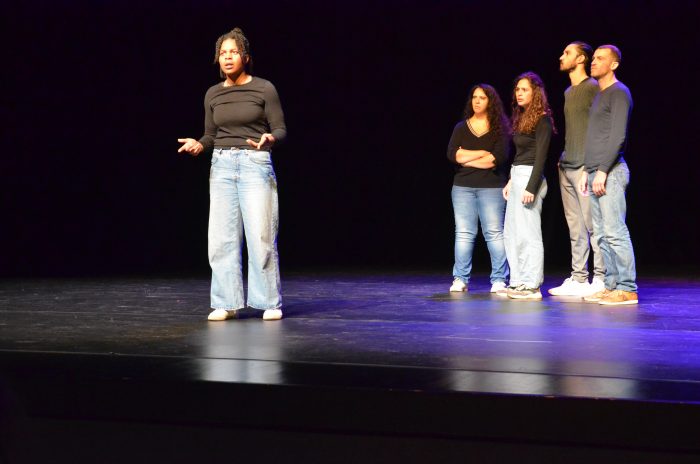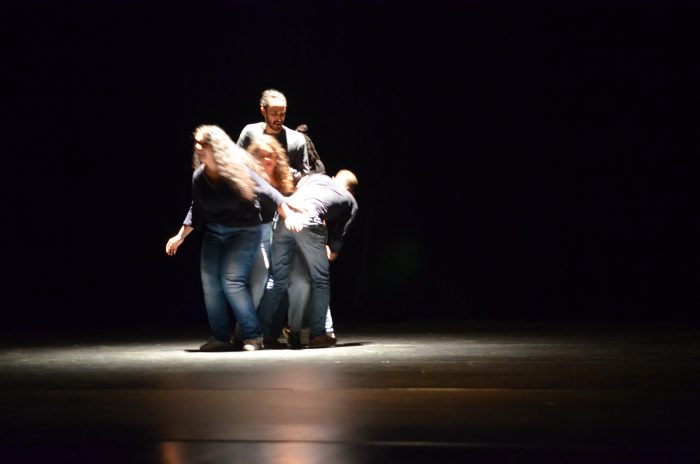Return on the Pop-Part day and the release of the book “Jeunes de quartier”
21 October 2021What about the situation in working-class neighborhoods?
What is it like to be young in these neighborhoods?
Article written by Nawufal Mohamed, member of the Aclefeu collective, participant in Pop-Part and responsible for the Paris region of the tryspaces_digital project on Instagram
Indeed, if we trust the media, the declarations of our political leaders and the actors in the field, it would seem that these working-class neighbourhoods are now on the verge of explosion. It would seem that these working-class neighborhoods are now on the verge of explosion. Even worse, for the last few years they have been perceived and portrayed as the source of French problems. To fight against this stigmatizing vision of these neighborhoods and in order to build a fairer and more realistic vision, several groups of young people, from emblematic cities of the city policy of the city (Clichy sous-bois, Vaux en vélin, Nanterre, Gennevilliers, Aubervilliers, Pantin, Corbeil Essonne, Grigny) are engaged in a research work in partnership with researchers of TRYSPACES, associative militants as well as professionals of youth and popular education.
To achieve this, they relied on a rather playful and innovative methodology with the setting up of numerous workshops, walks and workshops, urban walks, as well as the realization and the conception of video clips. In addition to these activities within their respective groups, the 120 young people met during seminars to exchange on their experiences while working on a book entitled “Jeunes de quartier, le pouvoir des mots”.
It is therefore quite natural that these young people met on Saturday, October 2, 2021, at the University of Paris 10 Nanterre to conclude this superb experience with the presentation of the book co-written together: Jeunes de quartier – Le pouvoir des mots.

Day’s planning
In this context, a play based on the content of the book was staged by the playwright Eloise de Rivière and performed by young people who also come from these neighborhoods. All were pleasantly surprised to find their stories and poems in the play “vivas”. A tendency which was confirmed at the end of the play, during the exchange which followed between the public and the actors and through which they once again evoked the problems and the difficulties which they are confronted with daily (police violence, discriminations, inequalities, living environment, religion etc). This allowed us all to have a glimpse of the book while waiting to read it.
After that, we watched a film about the “pop art” project based on the participants’ testimonies. testimonies of the participants. Most of them talked about the positive aspects of this partnership work, and positive aspects of this partnership work, and more particularly the fact that thanks to this project, some of the young participants have increased their commitment to their neighborhoods by becoming local elected officials, local journalists, not to mention all those who have embarked on the production and design of audiovisual audiovisual project to fight against the stigmatizing vision and the prejudices towards these territories. They almost all expressed the wish to continue the pop art project beyond the publication of the book.
Being part of these young participants, and now in charge of feeding the French part on the page of TRYSPACES, we took advantage of this exchange to invite the young people to follow us the TRYSPACES Instagram page to become more involved in this project, while discovering the work discover the work done by our partners in other cities (Montreal, Hanoi and Mexico City). It is thus on this second time of exchange that ended this morning devoted to the presentation of the book and the assessment of the “Pop-Part” project.
Afternoon Program
At the beginning of the afternoon, the young people were divided into three distinct groups, one of which spoke about what it is to be young in working-class neighborhoods and another about the impact of Covid-19 for the inhabitants of working-class neighborhoods.
Being particularly interested in the world of young people in working-class neighborhoods, and coming from these territories, we naturally chose the first workshop. First, the young people were divided into several sub-groups to reflect and exchange around the following problematic: “What is it to be young in working-class neighborhoods? In a second step, each group designated a spokesperson to report on what came out of their discussions.
The first group insisted on the difficulties of mobility and the isolation of certain cities, particularly in the 91. This difficulty in getting around is also perceived by some young people as being one of the factors that amplify the brawls, since with very few bus passages, the risk of ending up with rival gangs becomes higher. Some young people prefer to lock themselves up in their neighborhoods, which can lead some of them into a very precarious situation.
The second group of young people mentioned the difficulties of socio-professional integration, the difficulties of resuming university studies, or of obtaining a desired training after having left school due to lack of maturity. As a result, some of them are unemployed and have limited prospects.
The third group insisted on the respect that these young people have for the mothers in their neighborhoods. They are perceived as everyday heroines. They are often the source of inspiration for many songs by French rappers, and we can see through social networks that they do not hesitate to intervene and get in between young people to stop brawls.
The audience, mainly composed of young people, shared these observations, which was not the case with the fourth group, which insisted on the fact that the neighborhood can be perceived as an open-air prison and that the fact of leaving them, of escaping from them, can be considered as a marker of social success. These words and views provoked debate among the young people, since the vast majority of them expressed their attachment to these territories on the margins of French society.
The comments of these young people once again highlighted the problems they face (riots, dropping out of school, integration difficulties, isolation) while insisting on their attachment to these neighborhoods because of the multiple forms of solidarity that are expressed between the inhabitants of these neighborhoods. A vision that clearly contrasts with the one conveyed by the media that only talk about these neighborhoods through sensational subjects, the fight against separatism and drug trafficking).





